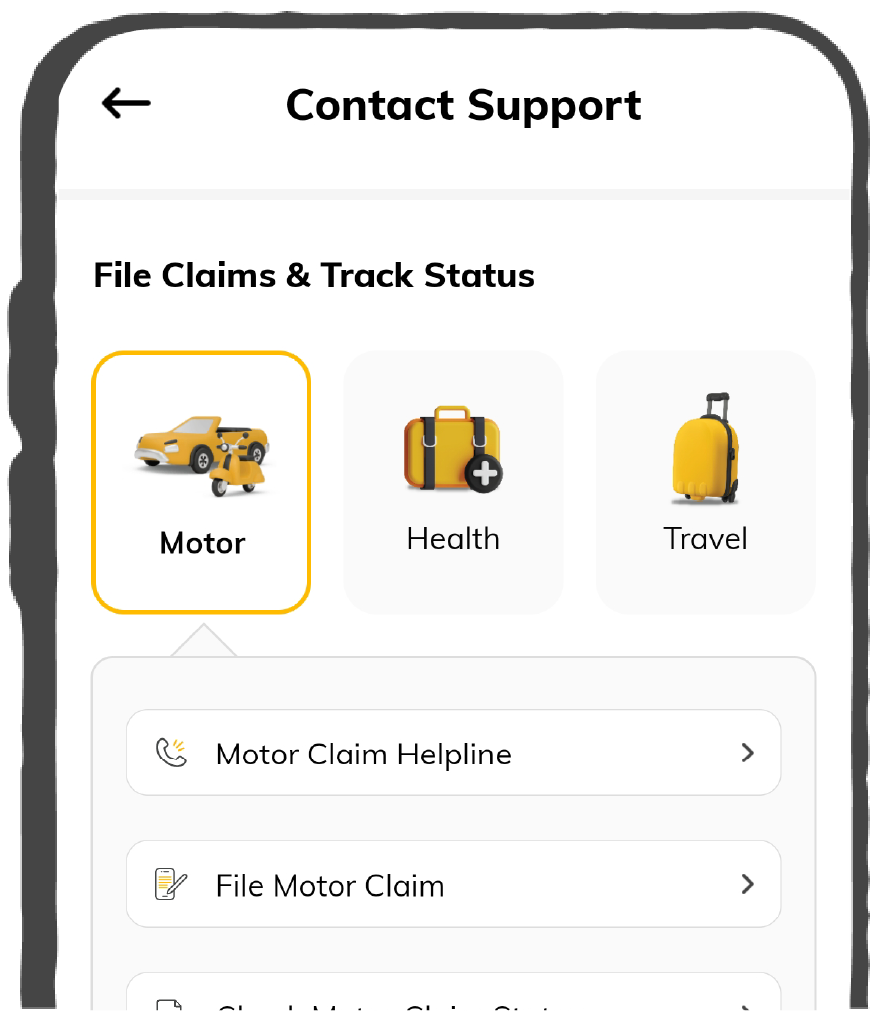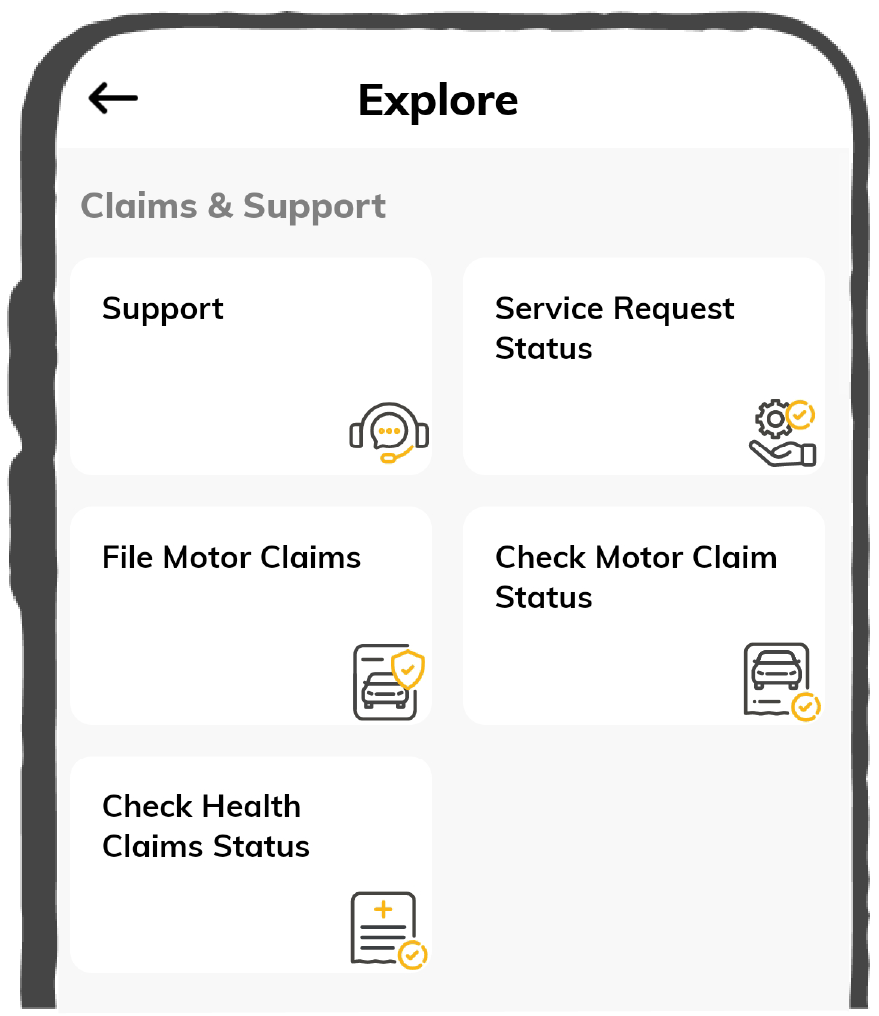Quick Claim Process

Affordable Premium

Accessibility Options

General

General Products
Simple & Transparent! Policies that match all your insurance needs.


37K+ Reviews
7K+ Reviews
Scan to download

Life

Life Products
Digit Life is here! To help you save & secure your loved ones' future in the most simplified way.


37K+ Reviews
7K+ Reviews
Scan to download

Claims
Claims
We'll be there! Whenever and however you'll need us.


37K+ Reviews
7K+ Reviews
Scan to download

Resources
Resources
All the more reasons to feel the Digit simplicity in your life!
 Tools & Calculators
Tools & Calculators


37K+ Reviews
7K+ Reviews
Scan to download

37K+ Reviews
7K+ Reviews
Select Preferred Language
Our WhatsApp number cannot be used for calls. This is a chat only number.

Enter your Mobile Number to get Download Link on WhatsApp.
You can also Scan this QR Code and Download the App.
Quick Claim Process

Affordable Premium


Handling a business is one of the trickiest things, as small mistakes can result in major losses. Thus, it is important to know various theories and concepts to avoid making these mistakes. Here, a business entity concept requires separate transactions for the owners or other businesses. This helps to avoid the intermingling of various entities, causing errors in tax calculation.
According to this business entity’s notion, a firm's transactions must be recorded independently from those of its owners. For this, an organisation must keep separate accounting records, free from the owner's or any other entity's assets or liabilities.
Hence, without this idea, the records of several organisations would be mixed together. This will make it very challenging to distinguish a single company's financial or tax outcomes.
This idea considers a wide range of people and organisations. They include the proprietors if it is a proprietary business, the partners if it is a partnership firm and the owners who are the stakeholders if it is a corporation.
While owners and active partners operate privately held businesses and partnerships, many corporations are run by persons chosen by the shareholders or handle day-to-day operations.
The management hierarchy may include the Chairman, Managing Directors, and Board of Directors. Also, section heads might choose to oversee particular business endeavours. In addition to these administrators, some employees and labourers carry out particular responsibilities as needed.
If you are an owner and receive a salary, you must include these occurrences in your company's financial data. On the other hand, because there is no impact on the firm's financial situation, it is not recorded in the financial accounts if you invest your funds available in another business or open a money market account.
An example of the business entity principle includes that you are a business owner and borrow money from your company to pay for your child's education. Since it involves using business funds, this withdrawal does not count as a business expense. To imply that the transaction is for the owner's own use, it should be identified as a proprietor's drawings. It excludes paying proprietors' or owners' salaries and business-related expenses.
|
|
Debit |
Credit |
|
Cash |
₹100,000 |
|
|
Owner’s equity |
₹100,000 |
The significance of this concept is multifarious, and a few reasons include the following:
Apart from its significance, a few of its limitations of it includes the:
Hence, simply put, this business entity concept contends that the company's assets, liabilities, revenue, and expenses should be handled independently of the owners' assets, liabilities, income, and expenses. For this reason, the firm as a distinct entity must be linked to the accounting idea of a business entity.
The biggest responsibilities belong to corporations. This is because they are nonetheless liable to their shareholders in bankruptcy despite being a separate legal entity.
The biggest responsibilities belong to corporations. This is because they are nonetheless liable to their shareholders in bankruptcy despite being a separate legal entity.
The four business entity kinds are sole proprietorship, limited liability, partnership, and corporation.
The four business entity kinds are sole proprietorship, limited liability, partnership, and corporation.
